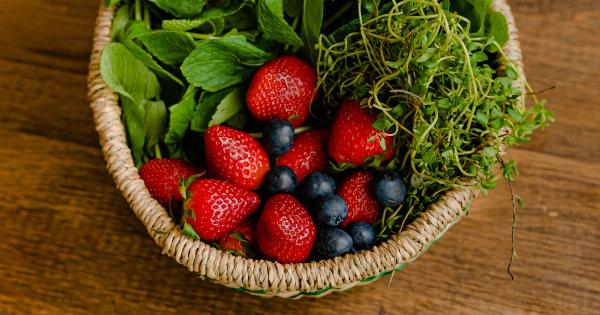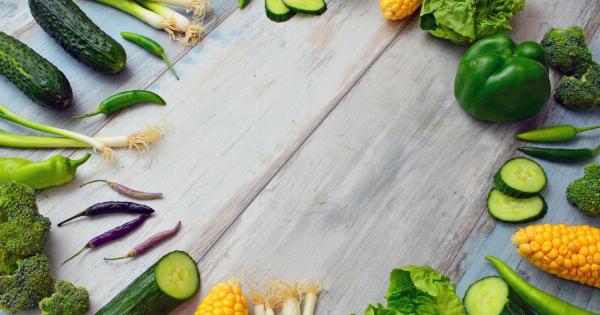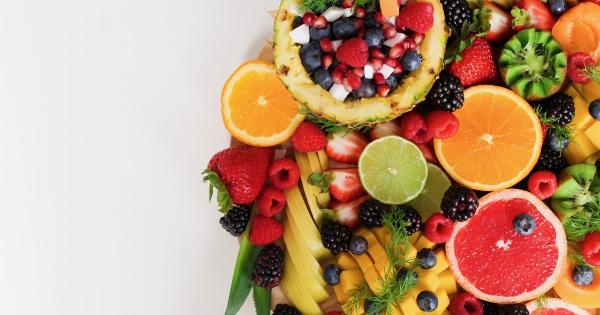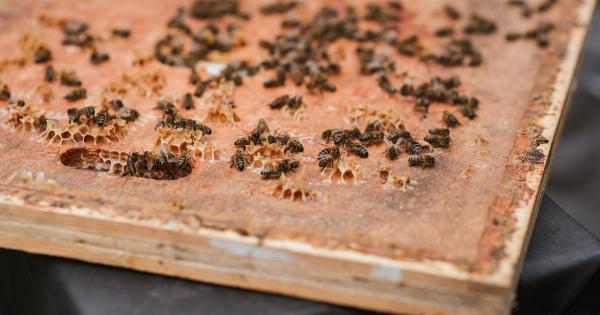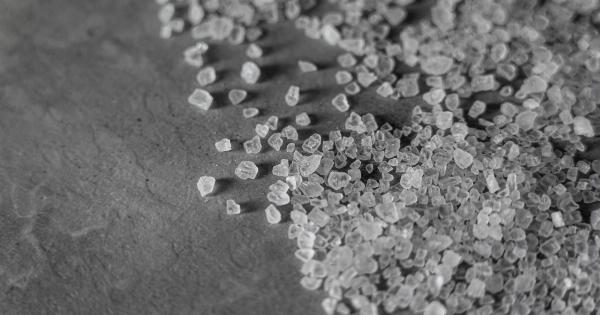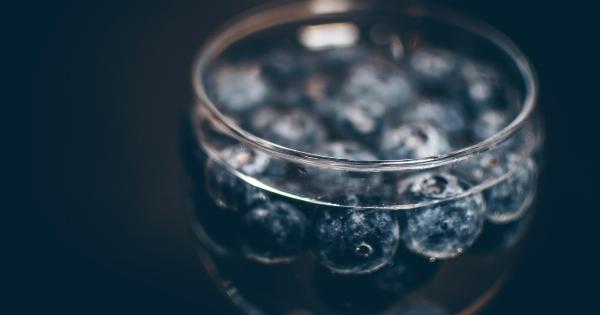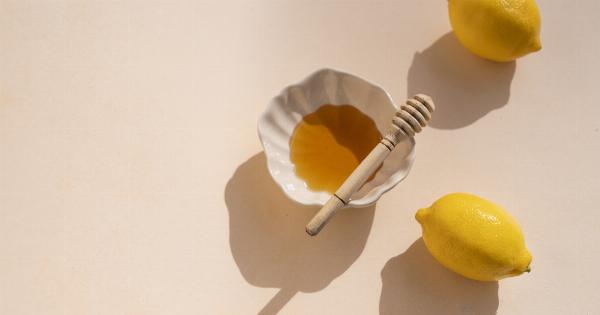With the increasing awareness of the potential health risks associated with pesticide exposure, many individuals are opting for pesticide-free produce as part of their clean eating journey.
Consuming fruits and vegetables that are free from harmful chemicals not only promotes better health but also protects the environment. Here are some tips and tricks to help you incorporate pesticide-free produce into your diet.
1. Choose Organic
One of the easiest ways to ensure pesticide-free produce is to choose organic. Look for the certified organic label on fruits, vegetables, and other food products.
Organic farming practices prohibit the use of synthetic pesticides, ensuring a cleaner and safer product for consumption.
2. Learn about the Dirty Dozen and Clean Fifteen
The Environmental Working Group (EWG) publishes an annual list of the “Dirty Dozen” and “Clean Fifteen.” The Dirty Dozen includes the fruits and vegetables that are found to be most contaminated with pesticides.
The Clean Fifteen, on the other hand, are produce items with the lowest pesticide residues. Familiarize yourself with these lists to make informed decisions when shopping for produce.
3. Grow Your Own
If you have the space and resources, consider growing your own pesticide-free produce. This way, you have complete control over the cultivation process.
You can choose organic seeds, use natural pest-control methods, and ensure your fruits and vegetables are free from harmful chemicals.
4. Wash Thoroughly
Even if you choose pesticide-free produce, it’s essential to wash it thoroughly before consumption. Washing fruits and vegetables removes any dirt, residue, or even potential pathogens.
Use a scrub brush to clean the outer surfaces and rinse under running water to minimize any risk of contamination.
5. Support Local Farmers
Visit local farmers’ markets or join a community-supported agriculture (CSA) program to get pesticide-free produce directly from farmers. Many small-scale farmers follow organic or sustainable practices, even if they are not certified.
Engaging with local farmers not only supports the local economy but also enables you to know exactly where your food comes from.
6. Be Mindful of Seasons
Seasonal produce is more likely to be locally sourced and may have fewer pesticide residues. When you buy fruits and vegetables during their peak season, there’s a higher chance they were grown locally and have traveled shorter distances.
Look for farmers’ market guides or online resources to identify which produce is in season in your area.
7. Prioritize Certain Items
Some fruits and vegetables tend to be more heavily sprayed than others. If you’re unable to purchase organic versions of all produce, prioritize those that are typically high in pesticide residues.
For example, strawberries, spinach, kale, apples, and cherries are often found on the Dirty Dozen list, so opting for organic options for these specific items can make a significant impact.
8. Consider Frozen and Canned Alternatives
Frozen and canned fruits and vegetables can also be good options for pesticide-free produce. During the processing phase, these items are often thoroughly washed and may undergo additional quality checks.
Just ensure you read the labels and choose products without any added sugars, salts, or artificial preservatives.
9. Remove Outer Layers
For certain produce items like lettuce or cabbage, removing the outer layers before consumption can help minimize pesticide exposure.
Pesticides are often sprayed on the surface of plants, so peeling or discarding the outer layers can reduce your intake of any residues that might be present.
10. Scrutinize Labels
When purchasing packaged fruits and vegetables, read the labels carefully. Look for indications that the produce is grown without the use of synthetic pesticides.
Terms like “pesticide-free,” “non-GMO,” and “organically grown” can be positive signs. However, be mindful of misleading labels and misleading marketing tactics.

